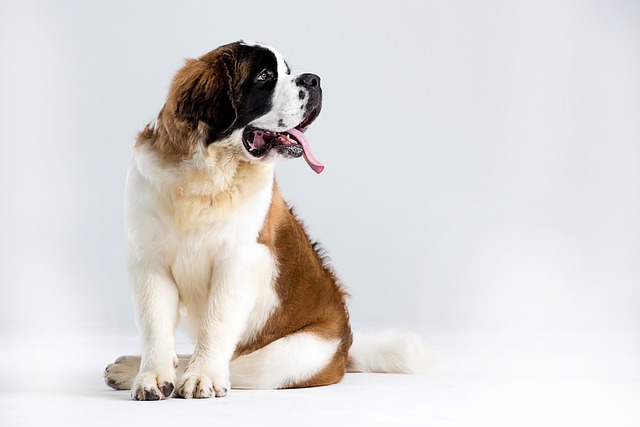
How do i train my dog to be obedient?
Watching your dog dart across the park ignoring your calls isn’t just frustrating—it can put them at risk near busy streets or public spaces.
You walk out to your backyard or pass by a spot in the community, and there it is again—your dog’s poop in the same unwanted place. It’s frustrating, especially if you’re trying to keep your yard tidy or avoid upsetting neighbors. The good news is, dogs don’t pick these spots randomly; they rely on scent and routine, which means you can gently guide them to change their habit.
First, understand why they’re choosing that spot: dogs are creatures of habit, and they’re drawn to areas where they’ve pooped before because of the familiar smell. To break this cycle, thoroughly clean the unwanted area with an enzyme-based cleaner—regular soap won’t fully remove the scent, and they’ll still be tempted. Then, pick a new, designated spot (like a corner of your yard or a specific patch during walks) and make it appealing. Add a bit of their old poop or a pee pad there to give them a hint, and always take them to this spot right after meals, naps, or playtime—those are their most likely potty times.
 Positive reinforcement is key here—never scold or punish your dog for pooping in the wrong place, as that can make them scared to go potty around you at all. Instead, when they use the designated spot, reward them immediately with a treat, excited praise, or a short play session. This tells them “this is where I get good things” and encourages them to repeat the behavior. Consistency matters too: try to take them to the new spot at the same times every day, so their body and brain learn the routine.
Positive reinforcement is key here—never scold or punish your dog for pooping in the wrong place, as that can make them scared to go potty around you at all. Instead, when they use the designated spot, reward them immediately with a treat, excited praise, or a short play session. This tells them “this is where I get good things” and encourages them to repeat the behavior. Consistency matters too: try to take them to the new spot at the same times every day, so their body and brain learn the routine.
If you live in an apartment or use public spaces, remember to follow local rules. Always carry poop bags with you, and clean up after your dog immediately—leaving poop in public areas is not only rude but illegal in most places, and you could face fines. If your dog keeps pooping in a shared area (like a building hallway), talk to your landlord or property manager about possible solutions, like adding a designated potty area for dogs or using baby gates to block access to the unwanted spot.
With a little patience and the right approach, you can help your dog stop pooping in the wrong place and start using their designated spot consistently. It’s all about working with their natural instincts, not against them, and building trust through positive rewards. Before you know it, you’ll have a tidier space and a happier, more confident pup who knows exactly where to go.

Watching your dog dart across the park ignoring your calls isn’t just frustrating—it can put them at risk near busy streets or public spaces.

New puppy owners often find themselves rushing to clean up accidents before they set in, and that’s where puppy pad training becomes a game-changer.

If you've noticed your dog's waistline disappearing and your veterinarian has mentioned those few extra pounds, your first instinct might be to simply reduce the amount of food in their bowl.

Training a dog to use a designated spot indoors isn’t as daunting as many new owners fear, but it does take consistency and an understanding of your pet’s needs.

That moment of dread on a walk is all too familiar for many new dog owners. You see another dog approaching down the sidewalk of your neighborhood

If the sight of another dog on your neighborhood walk makes your heart sink as your own dog erupts into a frenzy of barking and lunging, you're not alone.